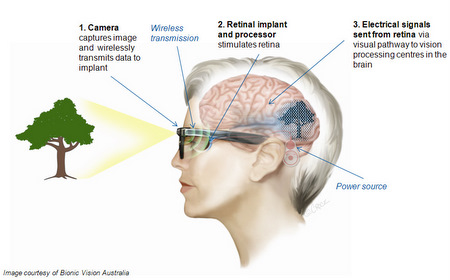
Scientists at the Bionics Institute in Melbourne, Australia, have tested a 3D printed bionic eye to assess whether it can restore the vision of those who are blind or partially sighted.
The researchers have developed the prototype using a ProJet 1200 3D printer from 3D printing company evok3d.
The ProJet 1200 printer is used to verify models of the bionic eye prototype to see whether it meets the functionality, fit and size.
Bionics Institute associate professor and senior research fellow Chris Williams told 3dprint.com, "We can now get a prototype out in 4 hours using the ProJet 1200."
"Before 3D printing, it would take us weeks or months. We found it takes 20 iterations to reach an upgrade, in terms of going through iterations, the machine justified itself in the first week."
The bionic eye features a camera which transmits radio signals to a microchip located at the back of the eye, which then converts the signals to electrical impulses.
Electrical impulses then stimulate the cells in the retina, connected to the optic nerve, enabling vision processing in the brain.
The current technology does not give a complete picture, but rather ‘blob-like shapes and lights’. The researchers believe that technological advancement can progress this to allow blind people to see.
Williams added, "It was quite promising, their vision was optimised, obviously they want better vision and fully wireless power, but the eye surgeons were pleased with the process and that’s a platform for future trials."
Photo Courtesy of Bionic Vision Australia






